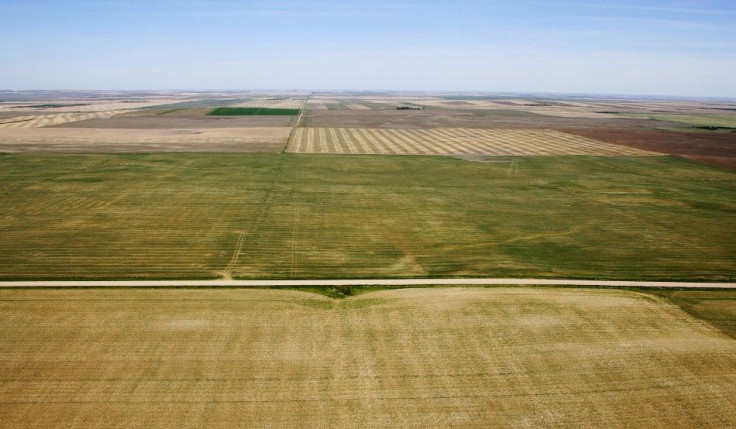US-Canada Border Fence: US Proposes Plan, Then Backtracks

The United States has looked into the possibility of building a fence along the border with its northern neighbor, Canada.
The fence would help keep out terrorists and other criminals, according to a draft report by the U.S. Customs and Border Protection Agency.
The report suggests fencing and other barriers along the 49th parallel to manage trouble spots where passage of cross-border violators is difficult to control.
The terrain - which ranges from densely forested lands on the West and East Coasts, to open plains in the central portion of the country, to the maritime environment of the Great Lakes - largely comprises sparsely populated federal, state, and tribal lands along the immediate border area, the report states.
The writers of the report suggest the improvement of the country's tactical security infrastructure.
Barriers would include selective fencing and vehicle barriers at selected points along the border and would deter and delay cross-border violators, according to the report.
The report also says the government would deploy National Guard engineers to construct roadways, trails, fencing, barriers, and trench cuts.
The agency does not say how much fence construction would be necessary, however it would be notably different from the border with Mexico.
While fencing has played a prominent role in CBP's enforcement strategy on the Southern Border to deter illegal border crossings, it is unlikely that fencing will play as prominent a role on the Northern Border, given the length of the border and the variability of the terrain.
The proposal was detailed in a draft report released Aug. 31 in Washington and will be aired at public meetings in American cities along the border from Maine to Washington State this fall, before the U.S. government considers further action.
The proposal does not involve the border with Alaska.
In the report, the U.S. Customs and Border Protection Agency claims that the Canada-U.S. border is the longest nonmilitarized open border in the world.
It also acknowledges that there are significantly fewer illegal incursions than at the southwest border with Mexico.
However, attempts at illegal immigration and smuggling regularly occur in this region, and known terrorist affiliates and extremist groups have an undisputed presence along the Northern Border in both the United States and Canada.
Yet, in a rather confusing twist, the United States later distanced itself from its own report. As the story gained increasing media attention in Canada on Thursday, the U.S. Customs and Border Protection Agency released a carefully worded statement.
A border fence along the northern border is not being considered at this time, it said.
According to the statement, the study was proposed to provoke a conversation and to put forward options.
If additional manpower, technology, and infrastructure were employed, the plan could be considered, according to the statement.
Last month, U.S. Homeland Security Secretary Janet Napolitano stressed a need for more manpower along the border, but noted that the key issue was a greater reliance on a beefed-up technological presence through increased use of radar, sensors, cameras, drones, and vehicle scanners.
The study by border protection officials comes as Canadian Prime Minister Stephen Harper and U.S. President Barack Obama prepare to announce a perimeter security deal, called Beyond the Border, that will tighten controls at the border while ensuring cross-border traffic does not become bottlenecked. The initiative was, in part, to improve border security through co-operation.
At this time, it remains unclear what, if any, changes will result from the U.S. Customs and Border Protection Agency study.
The number of Border Patrol agents working between crossings along the northern parallel has already increased 700 percent since Sept. 11, 2001. Nearly 3,800 Customs and Border Protection officers examine goods and people at the crossings. Additionally, three dozen land ports are in the process of modernization.
What do you think? Should there be increased security along the U.S. - Canada border? Share your thoughts in the comments below.
© Copyright IBTimes 2024. All rights reserved.






















